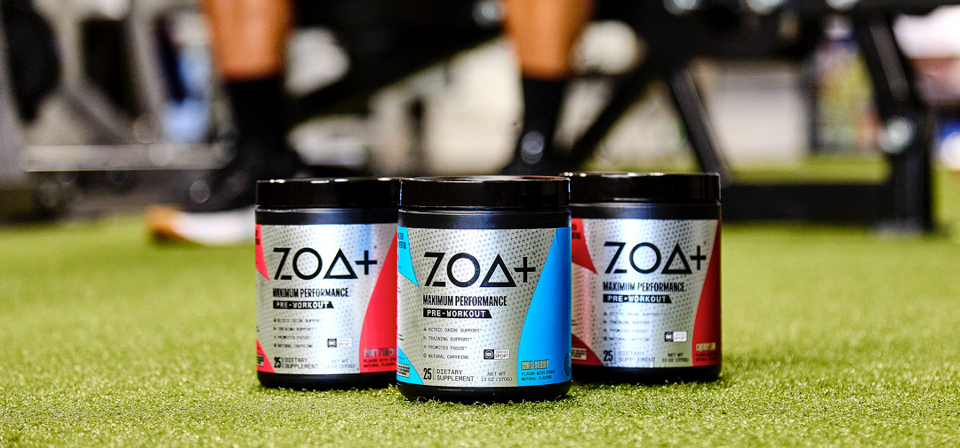White Paper: What You Don’t Know About Label Claims Is As Important As What You Do
When It Comes to Claims, There’s More Than Meets the Eye
Manufacturers don’t always grasp the complexity, technicality or scope of information for substantiating claims. There are numerous categories of claims, and each category can have its own individualized requirements and requirement latitude. The requirements around claims are varied and depend on the type of claim. Categories include:
Nutrient content claims:
- Directly or indirectly characterize the level of a nutrient
- Must be permitted by a regulation in order to be used
Health claims:
- Describe the relationship between a nutrient and risk reduction of a disease or health-related condition
- Must be permitted by a regulation in order to be used
Consumer value claims (label claims of consumer concern):
- Natural
- Organic
- Non-GMO
- Allergen claims such as gluten-free and dairy free
- Keto, paleo, vegetarian and vegan
Structure/function claims that convey:
- The role of a nutrient or dietary ingredient intended to affect normal structure or function in humans
- How a nutrient or dietary ingredient acts to maintain structure/function, for example “antioxidants maintain cell integrity”
- General well-being from consumption of a nutrient or dietary ingredient
- A benefit related to a nutrient deficiency disease (like vitamin C and scurvy), as long as the statement also tells how widespread such a disease is in the U.S.; otherwise, it may NOT describe a relationship with a disease
These categories can contain subcategories, each with its own requirements. Here’s an example of both claim specificity and latitude, in the category of nutrient content claims:
Specificity: There are requirements about the specific words a manufacturer may use, particularly around quantifiable claims such as “high in,” “rich in” and “contains.” Saying “low” is not the same as saying “less,” but saying “reduced” is the same as saying “less.”
Latitude: While the words themselves are closely watched, the format of those words is often given a great deal of leeway. A claim may be presented in a font size or style on the label which is more than twice as prominent as the rest of the product’s identity style.
Study Details Matter
When building a case to substantiate health claims, the study details matter. Both the U.S. Food and Drug Administration (FDA) and the Federal Trade Commission (FTC) apply a claim substantiation standard of “competent and reliable scientific evidence.” They look at the meaning of the claim being made, with an eye toward:
- The relationship of the evidence to the claim
- The quality of the evidence
- The totality of the evidence
FDA and FTC closely scrutinize the studies being used to support the claim. Is the study test substance the same as the product dietary ingredient? Is the form the same (e.g. extract vs. powder)? If it is a botanical, is the part of the plant the same? Is the dosage in the study similar to or conservative when compared to the serving size of the product? What about the length of exposure of the study test subjects vs. the recommended use of the product? Are there any other ingredients present in the study that could have contributed to the effect?
FTC Requirements Are Just as Important as FDA Requirements
Companies often focus primarily on FDA regulatory compliance, while not paying enough attention to FTC requirements around claims. But even the highest quality product cannot reach the market if it does not comply with the business law of the land. The FDA’s focus is on manufacturing and labeling. The FTC enforces laws against “unfair or deceptive acts or practices” in advertising. Law enforcement action applies not only to product labels, but also to internet, print, broadcast, infomercials and catalogs. The lines between the jurisdiction of each agency are not black and white, and they often collaborate on the same case against a company. FTC enforcement actions can have a devastating impact on ad agencies, distributors, retailers, catalog companies and infomercial producers. Unlike your facility, your advertising and social media is public-facing and accessible. Complaints filed with the Better Business Bureau can make their way to the FTC. Warning letters are only one mechanism for action. FTC action can also involve lawsuits, frozen assets, burdensome nonnegotiable settlement demands and court orders. As the FTC has said, “Generally, products related to consumer health or safety require a relatively high level of substantiation.”
How NSF Can Help You
Get in touch to find out how we can help you and your business thrive.

What’s New with NSF

2024 GFSI Conference - Meeting the Needs of our Evolving World
March 20, 2024
Dwayne “The Rock” Johnson’s ZOA+ Powder Earns NSF Certified for Sport® Certification
March 4, 2024